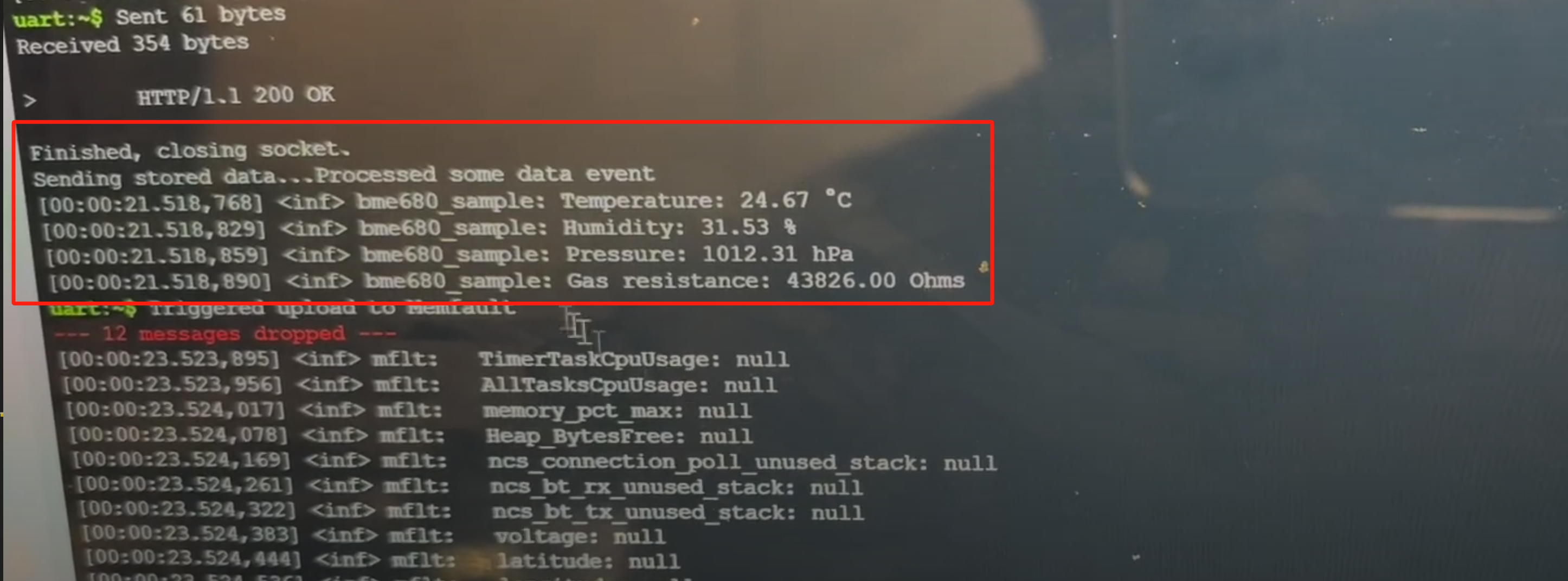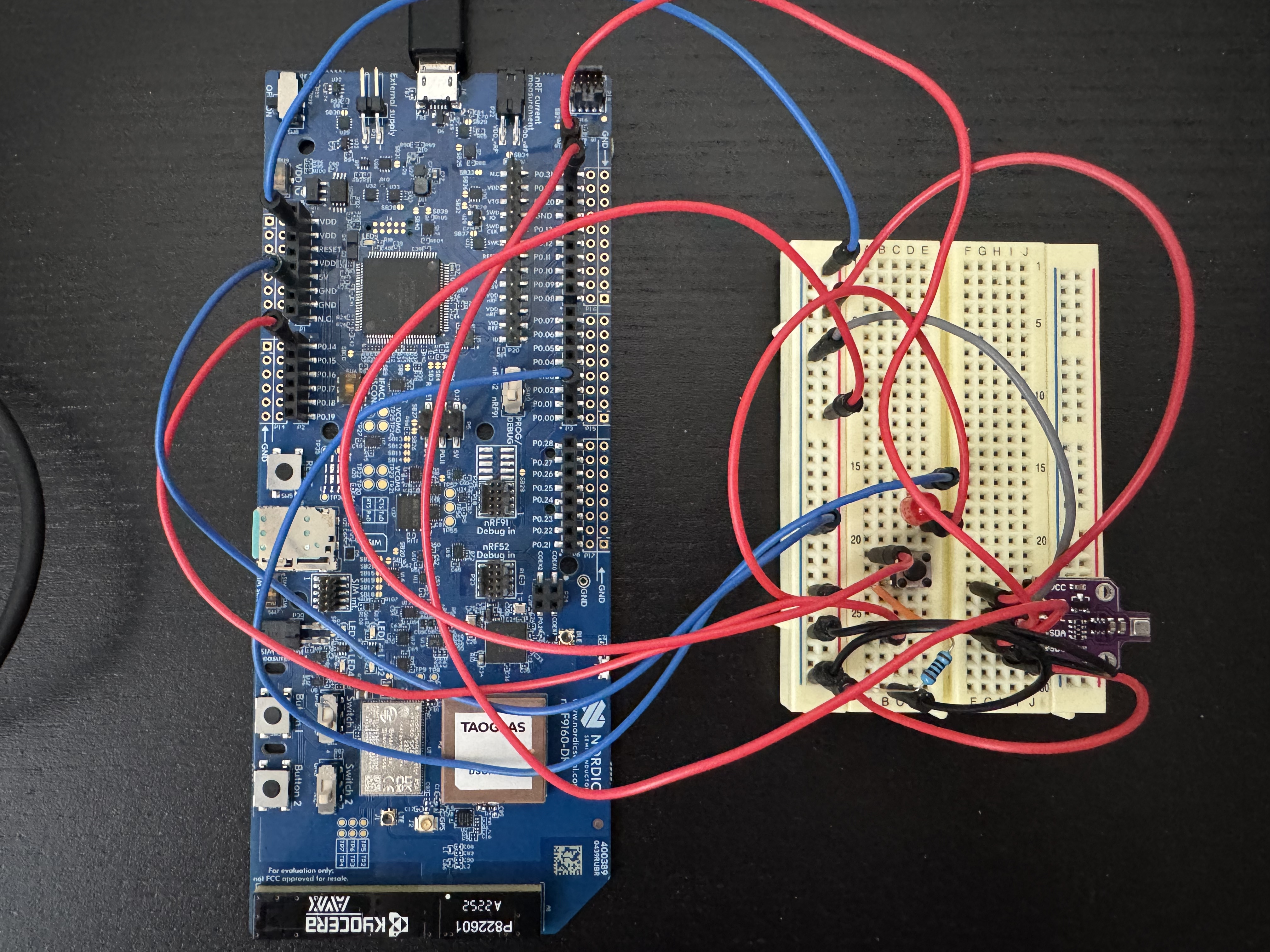fp-f24-report-website-t08-release-anywhere
GitHub URL:
https://github.com/ese5180/fp-f24-report-website-t08-release-anywhere.git
The repository containing the project code:
https://github.com/ese5180/fp-f24-iot-venture-pitch-easypark.git
1. Changes throughout the project
a. Target Market & Demographics
- Initial Phase:
- Focus: Primarily large event organizers for reducing maintenance costs and ensuring restroom cleanliness.
- Geographical Focus: North America and Europe due to high demand and regulatory environments.
- Market Size Estimation: General global mobile restroom market projected to reach over $15 billion by 2027.
- Changes Throughout the Project:
- Detailed Breakdown: Provided a more granular market size analysis segmented by region and industry (e.g., events, construction, municipal).
- Differentiation Strategies: Clearly articulated how the product stands out from competitors, particularly through advanced IoT integration and smart monitoring features.
b. Security, Hardware, & Software Requirements
- Initial Phase:
- Security: Basic requirements for data privacy, integrity, tampering prevention, and secure storage.
- Hardware: Utilization of Nordic Thingy:91 for GPS tracking, user volume monitoring via Hall effect sensors, and air quality detection via gas sensors.
- Software: Managed GPS tracking, user-triggered alerts, and data transmission to the cloud via LTE-M/NB-IoT.
- Changes Throughout the Project:
- Security: Implemented end-to-end encryption for data in transit and at rest.
- Upgraded Hardware Specifications: use nRF 9160dk instead of Nordic Thingy:91 (for the Memfault cellular ).
- Advanced Software Features: use nRF cloud to show the location of the device.
c. Product Function & Components
- Initial Phase:
- Primary Functions:
1) GPS tracking of portable toilets.
2) User volume monitoring via Hall effect sensors.
3) Air quality detection via gas sensors. - Core Components: Nordic Thingy:91, Hall effect sensors, gas sensors.
- Primary Functions:
1) GPS tracking of portable toilets.
- Changes Throughout the Project:
- The product features have hardly changed.
- Core Components: nRF 9160dk, bme680(as gas sensor), button(instead of Hall effect sensors)
d. Power & Cost Budgeting
- Bulk Purchasing Discounts: Negotiated bulk purchasing agreements for components, reducing per-unit costs.
- Component Substitutions: Identified alternative suppliers or component models offering similar functionality at lower costs without compromising quality.
- Prototype to Production Scaling: Adjusted cost estimates to account for economies of scale as production moves from prototype to mass manufacturing.
2. What parts of the project were successful
Detailed Software Requirements Specification
Why It’s a Success:
-
Real-Time Monitoring and Alerts: Implementing real-time GNSS tracking and alert systems ensures that maintenance staff can respond promptly to issues, enhancing operational efficiency. Power Monitoring: Monitoring battery status and sending low-power alerts adds a layer of reliability, ensuring that the system remains functional when needed.
-
System Administrators and Maintenance Staff: Clearly defining user roles ensures that the software meets the specific needs of different stakeholders, facilitating ease of use and effective management.
-
LTE-M/NB-IoT Connectivity: Utilizing reliable and low-power communication technologies ensures that your system can maintain continuous connectivity with minimal energy consumption.
3. What parts of your project didn’t go well
Technical Integration and Hardware Challenges
Issues Faced:
- Sensor Reliability: Certain sensors (e.g., bme680) may have exhibited inconsistent performance in real-world conditions.
- Hardware Durability: The hardware components, including the nRF 9160dk, may have faced durability issues when deployed in outdoor environments.
Reasons:
- Environmental Factors: Exposure to extreme weather conditions, dust, and moisture could have affected sensor performance and hardware longevity.
- Integration Complexities: Integrating multiple sensors and ensuring seamless communication between them and the central unit might have led to unforeseen technical challenges.
4.If you had to do it again, how might you change your development approach given the finite time and money resources?
4.1 Streamline Market Research and Targeting
Primary Users: Concentrate on segments with immediate and high demand, such as large event organizers and rental companies, which can provide early revenue streams.
4.2 Optimize Hardware and Technology Choices
Choose sensors with established performance records and community support to ensure reliability and ease of integration.
4.3 Prioritize Security and Compliance Strategically
Ensure secure data transmission using standard encryption protocols without overcomplicating the architecture.
4.4 Simplify User Interface and Experience
Focus on displaying only the most critical information and functionalities in the user interface to reduce complexity.
5. Would you change your system design after this development cycle?
5.1 Wireless Communication Protocol
Initial Choice: LTE-M/NB-IoT
-
Pros:
- Wide Coverage: LTE-M and NB-IoT offer extensive coverage, making them suitable for outdoor deployments where mobile restrooms are frequently moved.
- Low Power Consumption: Both protocols are designed for low power usage, extending the battery life of IoT devices.
- Scalability: They support a large number of devices, facilitating the management of multiple restroom units.
-
Cons:
- Latency: These protocols may introduce higher latency compared to alternatives like LoRaWAN, which could impact real-time data transmission.
- Cost: LTE-M/NB-IoT can be more expensive in terms of data plans, especially for deployments with a large number of devices sending frequent updates.
- Dependency on Cellular Networks: Reliance on existing cellular infrastructure may limit deployment in remote areas with poor network coverage.
-
Recommended Changes:
- Wi-Fi 6 or 6E. Pros: Higher data rates and lower latency, beneficial for real-time monitoring and high-density deployments. Cons: Higher power consumption and reliance on local Wi-Fi infrastructure.
5.2 Sensors and Actuators
- Recommended Changes: Infrared (IR) Sensors or Ultrasonic Sensors: For more reliable and accurate user occupancy detection, reducing dependency on door movements which may not always correlate with actual usage.
5.3 Target Market Alignment
- Challenges Faced:
- Slower Adoption Rates: Potential customers were hesitant to adopt the new technology without sufficient education and proven benefits.
- Market Misalignment: Some segments may have different priorities or requirements that were not fully addressed by the initial product design.
- Recommended Changes:
- Additional User Segments: Include smaller event organizers, temporary installations for disaster relief, outdoor recreational facilities, and private businesses (e.g., food trucks, pop-up shops).
- Geographical Diversification: Consider expanding focus to regions with growing infrastructure projects or frequent events, such as Latin America and Southeast Asia.
5.4 Images of our MVP Device
-
Get the Device’s Location


-
Measuring the Air Quality

-
Simulate Door Openings

-
Upload to Memfault

-
Device

5.5 A video of the Core Product Function
Note: The functionalities demonstrated in the video include:
- Retrieving the device’s location (longitude and latitude).
- Measuring the air quality inside the restroom.
- Recording the number of door openings in the restroom.
- Uploading all this data to Memfault.